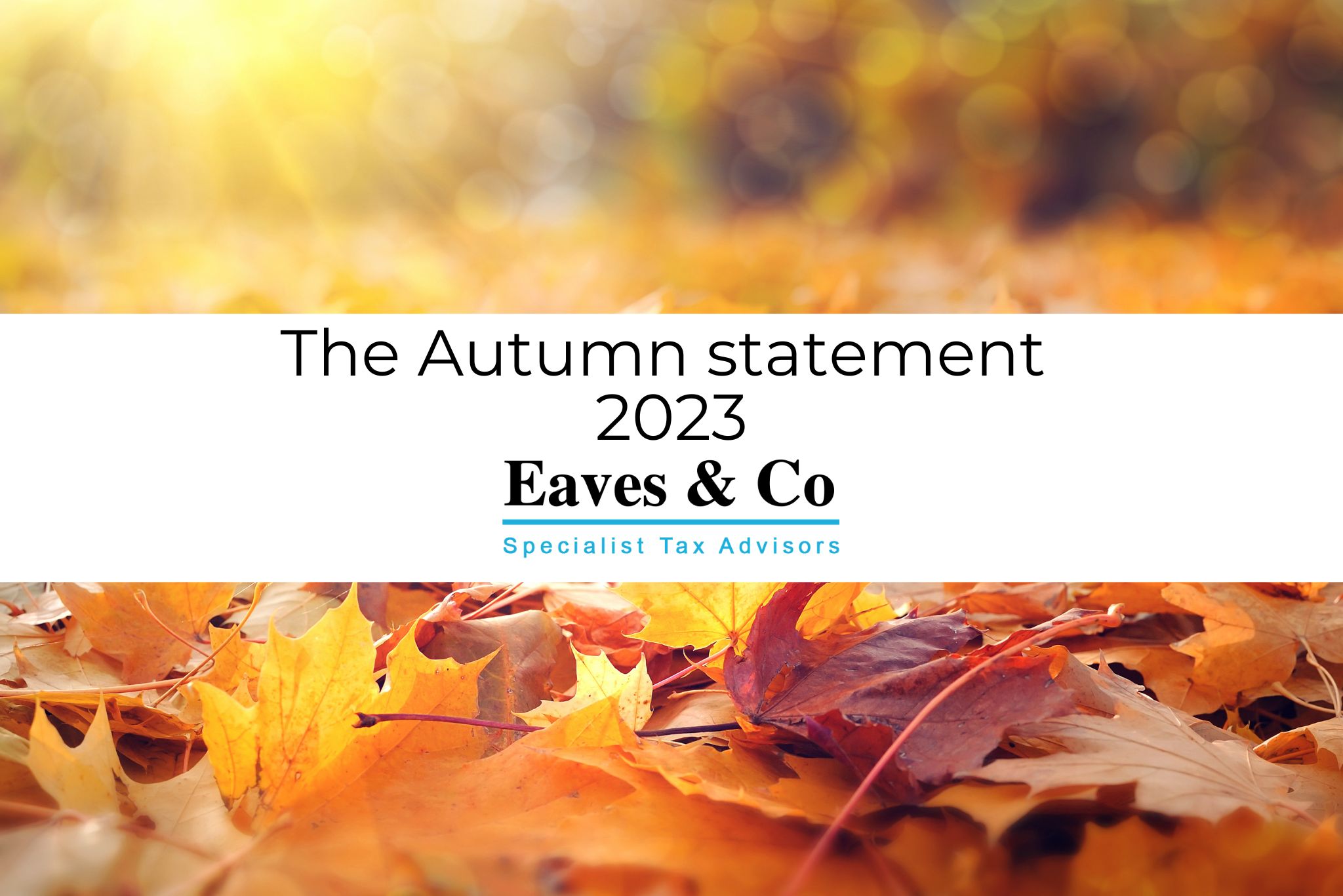The Autumn Statement 2023, delivered by Chancellor Jeremy Hunt, has unveiled the government’s tax and spending plans for the year ahead. Here are the key points:
Taxation and Wages
- The main rate of National Insurance will be cut from 12% to 10% from 6 January.
- Class 2 National Insurance, paid by self-employed people earning more than £12,570, will be abolished from April.
- Class 4 National Insurance for self-employed, paid on profits between £12,570 and £50,270, will be cut from 9% to 8% from April.
- The legal minimum wage, known officially as the National Living Wage, will increase from £10.42 to £11.44 an hour from April.
- The key one for larger businesses is that the ‘Full-Expensing’ measures are to be made permanent. The full expensing rules allow businesses to write off the full costs of qualifying plant and machinery rather than having to claim Capital Allowances over a number of years. Initially this was to be a temporary measure but will now be made permanent.
- A new merged research and development (R&D) scheme is confirmed.
Benefits and Pensions
Universal credit and other working-age benefits in England and Wales will increase by 6.7% from April.
State pension payments will increase by 8.5% from April.
Funding of £1.3bn over the next five years will be provided to help people with health conditions find jobs.
Economy and Public Finances
The independent Office for Budget Responsibility (OBR) expects the economy to grow by 0.6% this year and 0.7% next year.
Inflation is expected to fall to 2.8% by the end of 2024, before reaching the Bank of England’s 2% target rate in 2025.
Living standards are not expected to return to pre-pandemic levels until 2027-28.
Underlying debt is forecast to be 91.6% of GDP next year.
If you or your clients require any assistance Eaves and Co will be happy to help, please feel free to get in touch today.”


